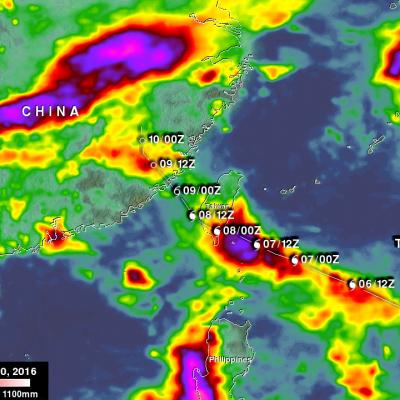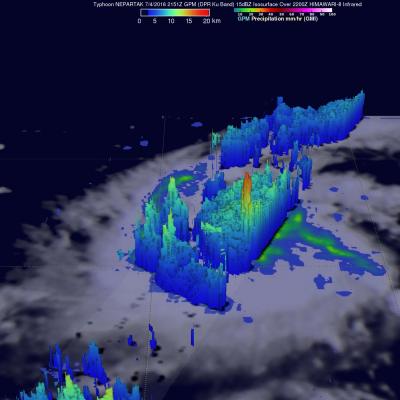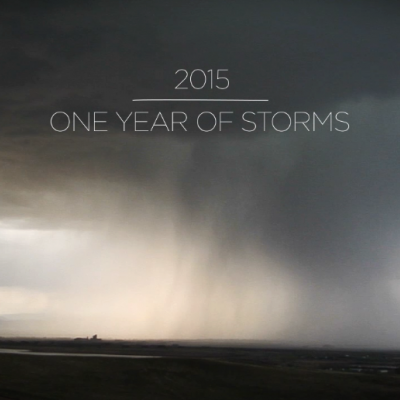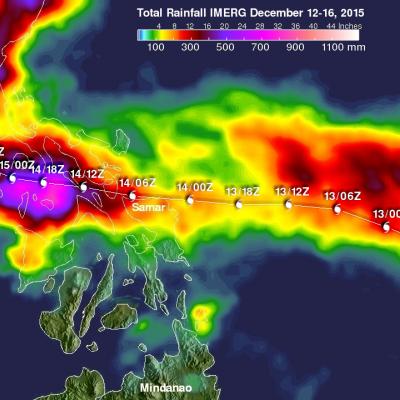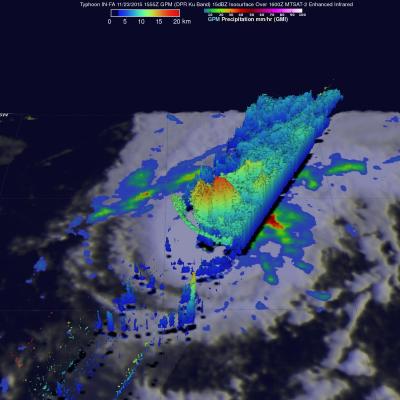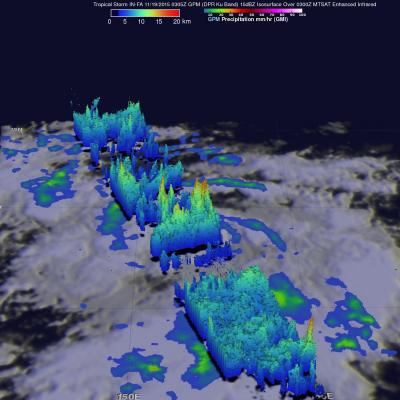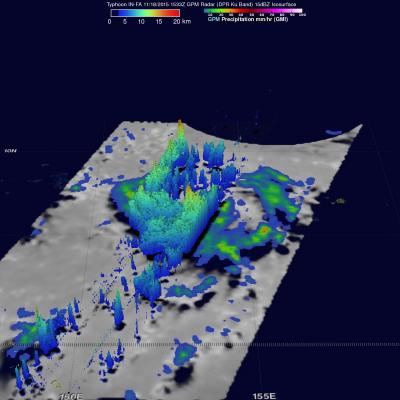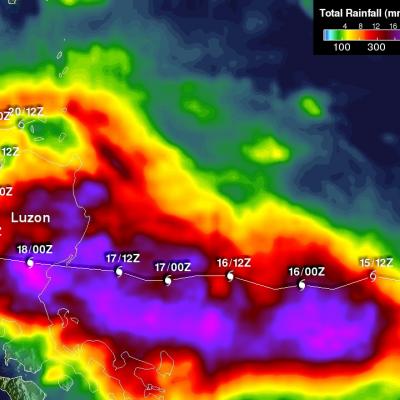Nepartak Causes Havoc Then Dissipates Over China
Nepartak was a powerful category four typhoon when it hit Taiwan last week but weakened to a tropical storm as it moved into the Taiwan Strait. Nepartak's winds and heavy rains caused severe problems when it moved ashore over southeastern China. Thousands of homes in China were destroyed by the storm. At least three deaths in Taiwan and six fatalities in China were attributed to Nepartak. Torrential rain caused flash flooding and mudslides in both Taiwan and China. NASA's Integrated Multi-satellitE Retrievals for GPM (IMERG) were again used to estimate the total amount of rain that Nepartak


